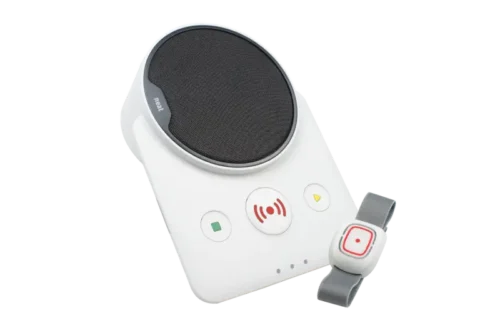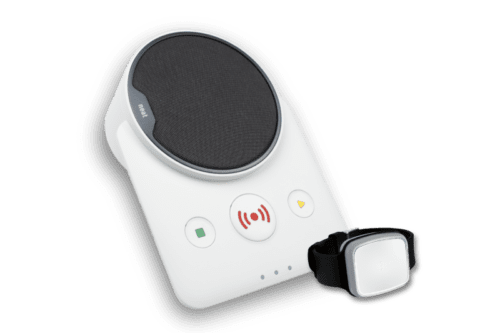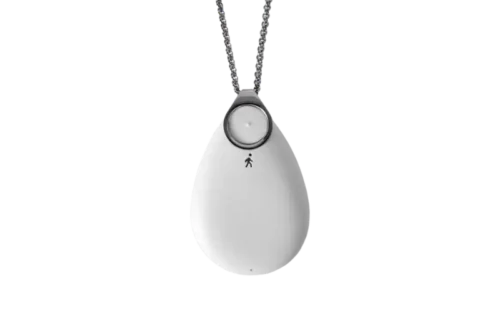The average global temperature has been rising steadily, leading to more frequent and intense heat waves in many regions. The summer season in the UK has begun and will continue until August. During this time, the weather in the UK tends to be milder and warmer than at other times of the year, although it can still be quite unpredictable. The Met Office recently issued the first heat warning for the year, saying the temperatures could rise to 30°C in some parts of England.
Many of us may therefore be travelling to much warmer climates, and if we are a little older, there are a few things to keep in mind to stay safe in the sun. Let us start by identifying who is most at risk.
People at Risk in the Sun
- People over 75 are particularly vulnerable to the effects of the heat as they cannot break down the heat as quickly as younger people.
- People with existing medical conditions such as heart and lung disease.
- People who suffer from mobility problems such as Parkinson’s disease or have had a stroke.
- Patients on long term medication as this affects the ability to sweat and therefore reduce core temperature.
Ways to Reduce the Effects of the Sun and Heat
Preparing for travel includes planning to avoid sunburn. As a guide to general safe behaviour in the sun, it is important to be aware that UVB radiation is strongest at midday and that UV exposure also occurs in cooler weather and on cloudy days. Travelling to lower latitudes (closer to the equator) or higher altitudes increases UV exposure.
Now let’s discuss some key health strategies for coping with the summer heat:
Hydration
Maintaining adequate hydration, particularly for older individuals, is one of the most effective ways to reduce health related complications. Due to age-related changes such as a weakened sense of thirst and diminished kidney function, the elderly are more susceptible to dehydration.
To combat this, it’s recommended to drink plenty of water especially when spending time in the sun. Incorporating hydration into daily routines, such as drinking water during mealtimes or carrying a water bottle, can make this easier. Staying hydrated not only keeps the brain alert but also alleviates the strain on the heart.
In addition to hydration, other measures can be taken to manage bodily stress levels and heart rate. For instance, taking regular cool showers is an effective way to lower body temperatures, consequently reducing the heart rate and stress levels associated with heat exposure.
Sunscreens
Sunscreens are topical preparations that can reflect or absorb UV radiation. They may contain organic substances that filter (absorb or trap) UV radiation, inorganic products that reflect UV radiation, or both. Inorganic agents contain micro powdered metallic nanoparticles of zinc oxide or titanium dioxide, that both reflect and absorb UV radiation.
Protective Clothing
It’s important to wear cool, loose-fitting clothing even in hot temperatures. Studies show that light-coloured, loose-fitting clothing is the best way to stay cool in the summer heat. A hat also keeps your head cool!
Sun-protective clothing (e.g., trousers, long-sleeved shirts, and hats) can provide UV protection. The effectiveness is determined by the fabric. A cotton t-shirt (SPF 15) provides less protection when wet. Denim and other thicker fabrics with tighter weaves provide excellent SPF protection. To improve UV protection, travellers can use UV-filtering dyes and other products on lighter fabrics (nylon and cotton).
Hats and sunglasses are also a good precaution. Hats with a wide wraparound brim (at least 3 inches in diameter) that covers the face, neck, and ears are ideal. Lightweight kepi-style (“French Foreign Legion”) sun hats with a flap that covers the neck and ears are especially appropriate for children. They provide far better protection for the skin than a baseball cap. UV protection is best provided by wraparound sunglasses or sunglasses with sun-blocking temples.
Sun Avoidance
If possible, avoid direct sunlight during rush hour (10 am to 4 pm) to reduce UV exposure. Spaniards are experts in this area, as many take a siesta during this time to recharge their batteries in the scorching heat. Statistics show that regular rest can reduce coronary mortality by 37%.
Seeking shade under trees, umbrellas, or other structures can also help reduce UV exposure, although UV rays can still reflect off water, snow, and sand.
Use Sunglasses
Protect your eyes by wearing sunglasses that block both UVA and UVB rays. Look for sunglasses labelled with 100% UV protection.
As we have seen, rising global temperatures make it increasingly important to stay safe in the heat, especially for older individuals and those at higher risk. Implementing the preventative measures we’ve discussed in this article is key to staying safe in the sun. Despite the intensity of the sun, summer can still be a time of joy and relaxation, provided we are careful. So, let’s be safe, but get out there and enjoy the sunshine and blue skies while we can!
Thank you for reading this article. We hope you find it useful. For more information, please check out our blog page.




